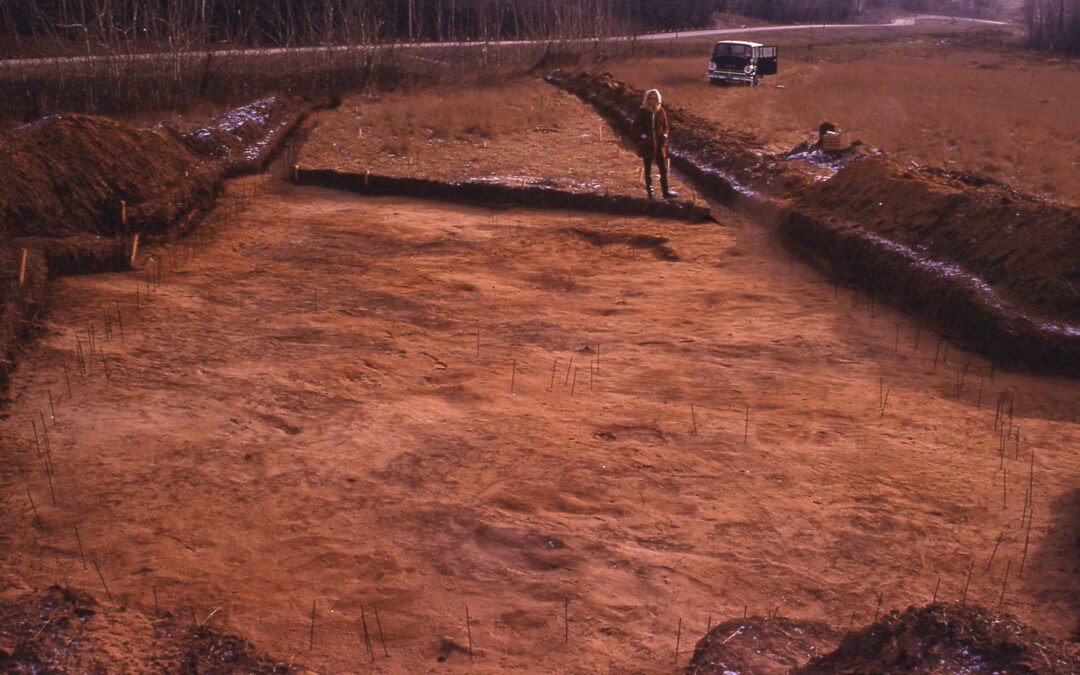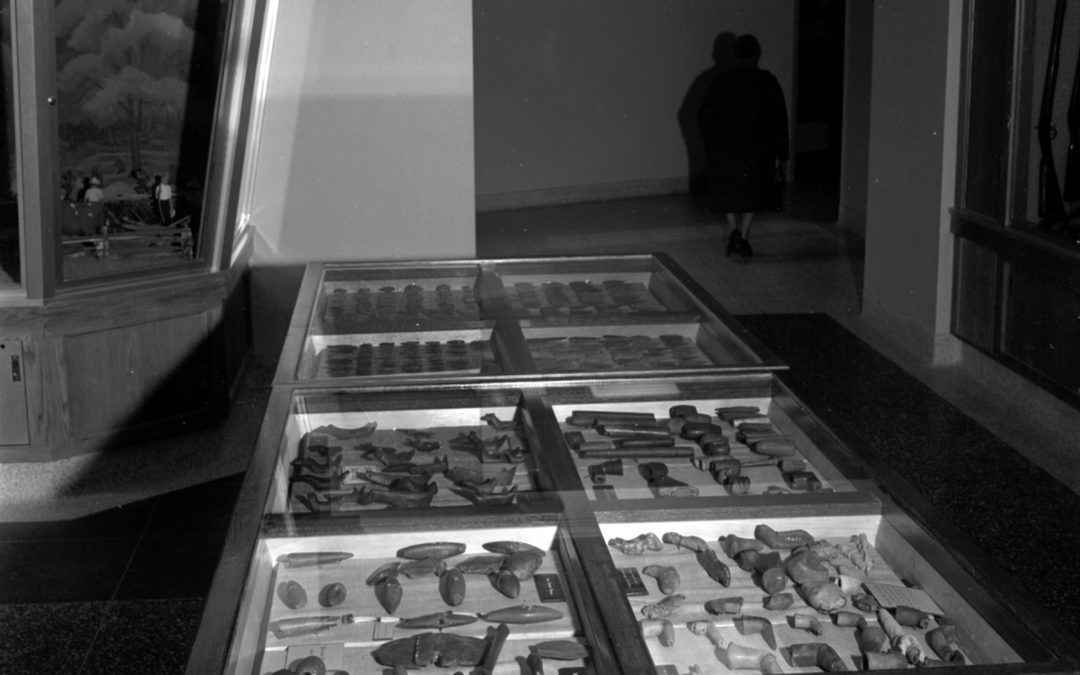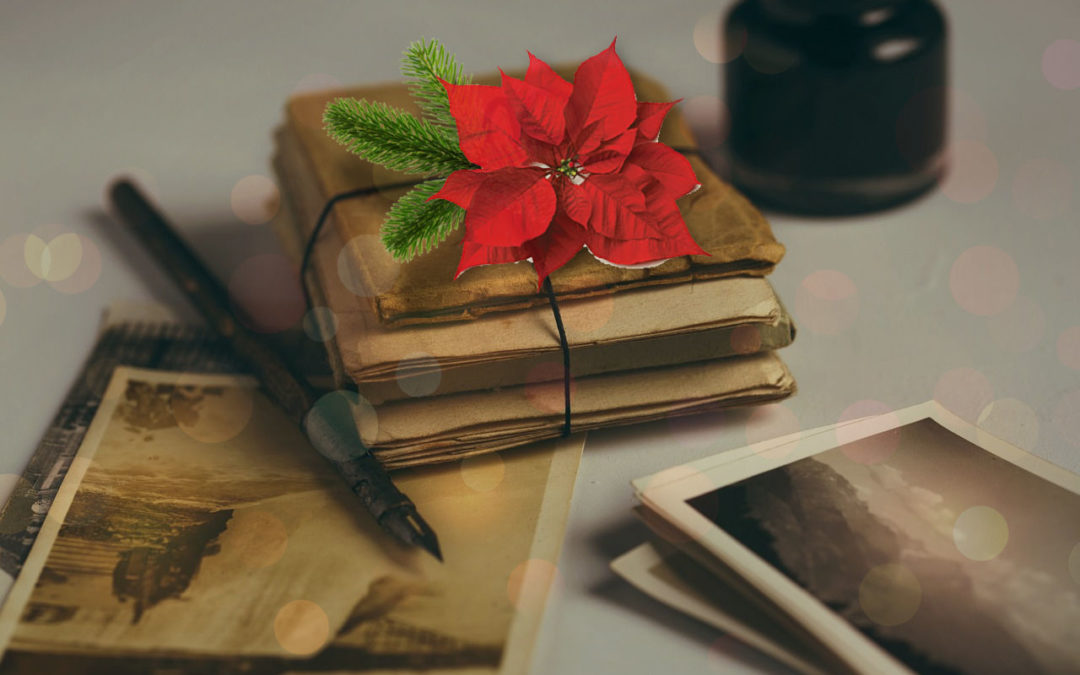Reflections and My Early Experiences

Early Studies of Crawford Lake Sediments
Welcome back to our continuing blog series on Crawford Lake. In an earlier post I noted that, while I was a graduate student based at Erindale College, U. of T., I was asked by Professor Roger Byrne to help locate an archaeological site he predicted would be found...

Before the Crawford Lake Archaeological Research Program – Part 2
Our excavations at the Brown site were quite different from those at the Milton site. We began our excavations at the top of a bank, hoping to unearth a palisade surrounding the settlement. We did locate a row of post moulds which may in fact represent part of the palisades surrounding the village. Of much greater significance though, we discovered a midden (garbage dump) just over the hill along the northern edge of the site. This midden had been covered by more than half a metre of soil eroded from the farm field above. As a result, it had never been disturbed . . . and we recovered some highly sought-after items.

Before the Crawford Lake Archaeological Research Program
Let’s look back at other investigations I embarked on during my time as a graduate student in Anthropology at the University of Toronto. In 1969 Professor Mohr hired me to carry out an archaeological survey to find sites suitable for an archaeological field school he was to teach. The excavations were designed to introduce second-year Anthropology students to the basics of archaeological field work. As it turned out it also provided me with a broader knowledge of field methods, due to Professor Mohr’s extensive experience in archaeology in California, the America Southwest, South Korea, and Japan.

Revitalizing Wilfrid Jury’s Museum of Indian Archaeology and Pioneer Life – Phase 1
The first phase in revitalizing Wilfrid Jury’s museum involved changing reporting responsibility for the museum as a non-academic unit of The University of Western Ontario … With the appropriate research and exploration, we decided to establish the museum as a UWO research centre which would accomplish what we had learned through Professor Ames, in that it would be a separate company with its own charitable registration.

Wilfrid Jury’s Museum of Indian Archaeology and Pioneer Life in 1976
This was state of affairs at the museum at that time. I assumed the position of Executive Director in February 1976 and began the challenge of its revitalization as an archaeological research centre committed to field work, analysis, and reporting of sites in southwestern and southcentral Ontario. It was a daunting task, but one which was rewarding and productive for more than 20 years.

My Early Years at The University of Western Ontario
It was with this background knowledge that I took on the job to dig the Draper site, which was a vital component in the revitalization of Wilfrid’s Museum, in part because it demonstrated the ability of archaeology to continue to attract large contracts to the university. It is also part of the narrative in understanding how the opportunity arose for me to become Executive Director of the Museum without a university salary.

Our Lands Speak: Reflections on a Half-Century of Changes in Ontario Archaeology – Part Two
Happy New Year and welcome to part 2 of my reflections. I am especially grateful for the opportunity of time and resources to impart the vast information I’ve acquired working in this field for 50 years. As you might know, I strongly believe it is meant to be shared...

Our Lands Speak: Reflections on a Half-Century of Changes in Ontario Archaeology – Part One
This year marks the 50th anniversary of my beginning to excavate three archaeological sites for research for my Ph.D. dissertation and I have paused to reflect on the massive changes which have taken place in those 50 years when archaeological investigations were much...

OLS Reflections: Excavation of Armstrong Burial Mound, Rainy River, Ontario
Thanks for joining me again this week, as I share with you my discoveries around the excavation of burial mounds. Burial mounds are a unique burial practice of a few pre-contact Indigenous peoples in Ontario. These groups would bury their dead in, or under, mounds of...

OLS Reflections: Pukasaw Pit Underwater Archaeological Survey, Lake Superior
Welcome back. Here’s another walk down memory lane. You may recall in my previous post, I described Professor Roger Deane’s underwater geological survey from Tobermory to Manitoulin Island during the summer of 1965 in which I was one of the divers. Once we completed...